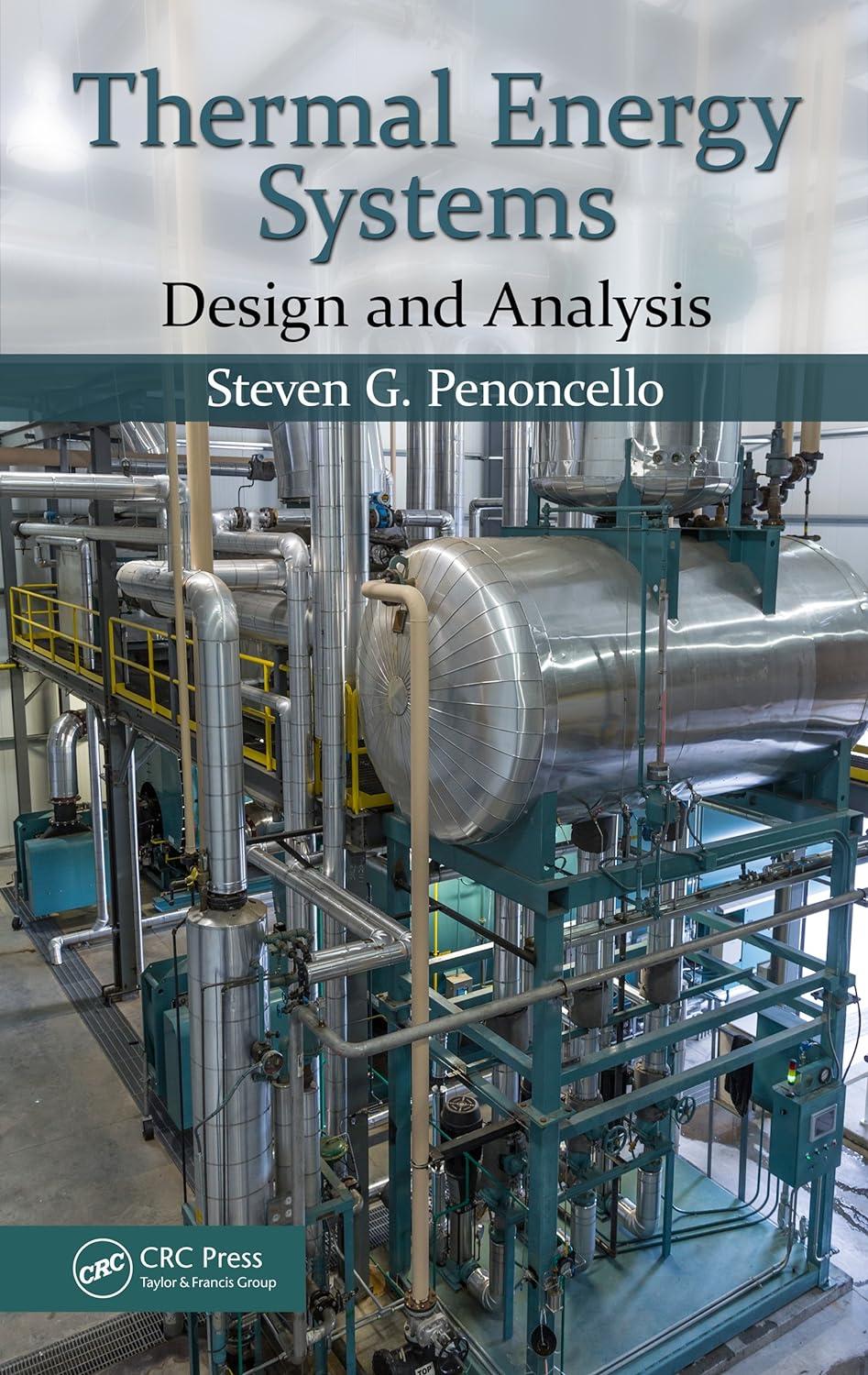3.16 In Example 3.15, it was demonstrated that refrigeration cycles utilizing a heat input to accomplish refrigeration
Question:
3.16 In Example 3.15, it was demonstrated that refrigeration cycles utilizing a heat input to accomplish refrigeration tend to have a low COPC, but a higher exergetic efficiency compared to vapor compression refrigeration cycles using electricity to run a compressor. Consider the combined cycle shown in Figure P3.16 that utilizes a heat input to accomplish refrigeration.
The refrigerant used in the cycle is R-143m (trifluoromethyl methyl ether), an environmentally friendly refrigerant with low ozone depletion potential (ODP)
and low global warming potential (GWP). (R-143m is one of the fluids available in EES.) The R-143m enters the turbine at 1500 kPa, 100°C, and expands to 500 kPa.
The isentropic turbine efficiency is 86%. After expansion, the refrigerant is fully condensed in the condenser. A pump with an isentropic efficiency of 64% is used to raise the R-143m pressure back to the boiler pressure. At the condenser exit, the refrigerant flow splits; some going through the power loop just described, and the rest going through the refrigeration loop, where the SET is −10°C. The R-143m exits the evaporator as a saturated vapor, after which it is compressed to the condensing pressure through a compressor with an isentropic efficiency of 75%. The turbine delivers just enough power to run the compressor; there is no net power delivery from the cycle. The refrigeration capacity of the cycle is 80 tons. Pressure drops through connecting piping can be considered negligible.
Step by Step Answer:

Thermal Energy Systems Design And Analysis
ISBN: 9781482245998
1st Edition
Authors: Steven G. Penoncello






